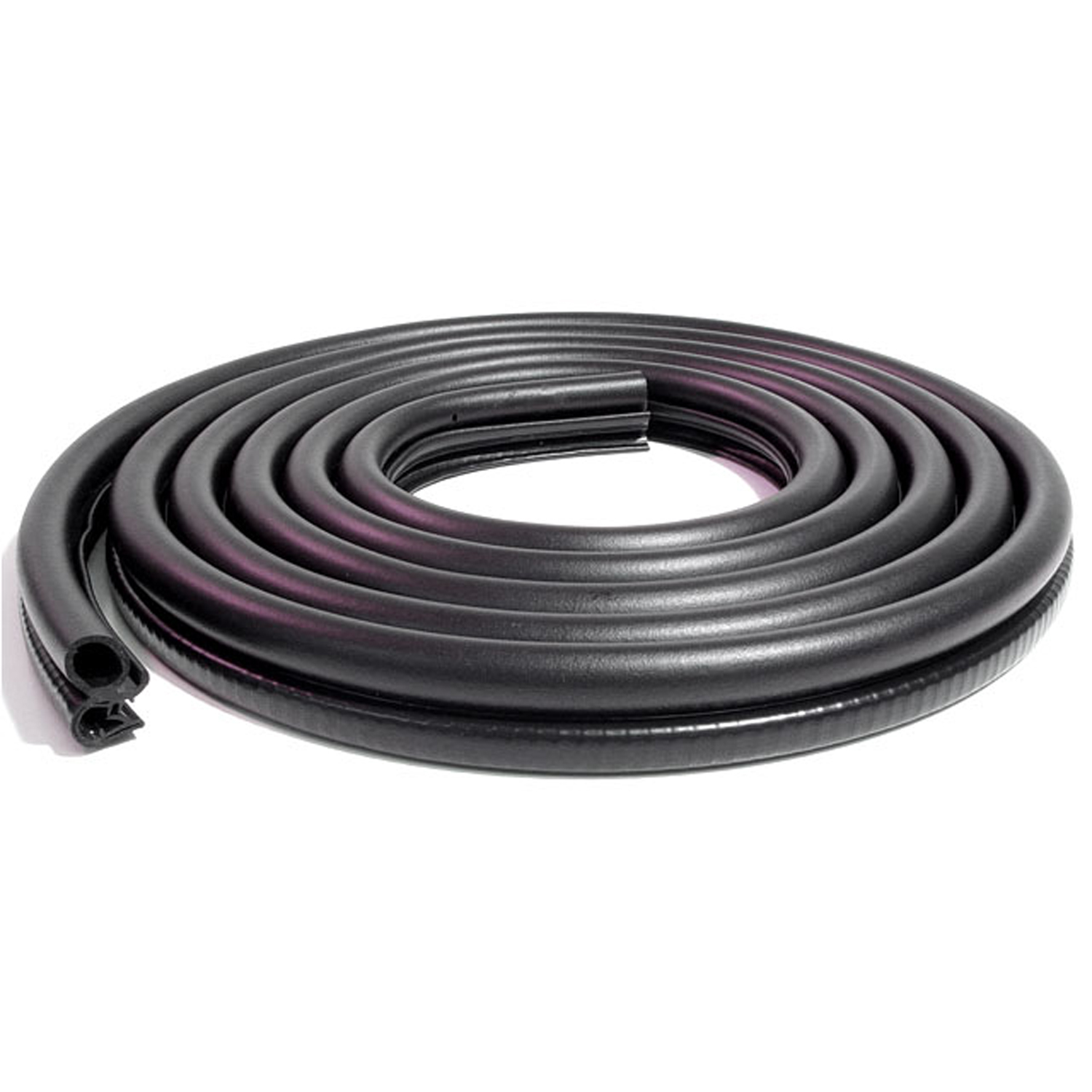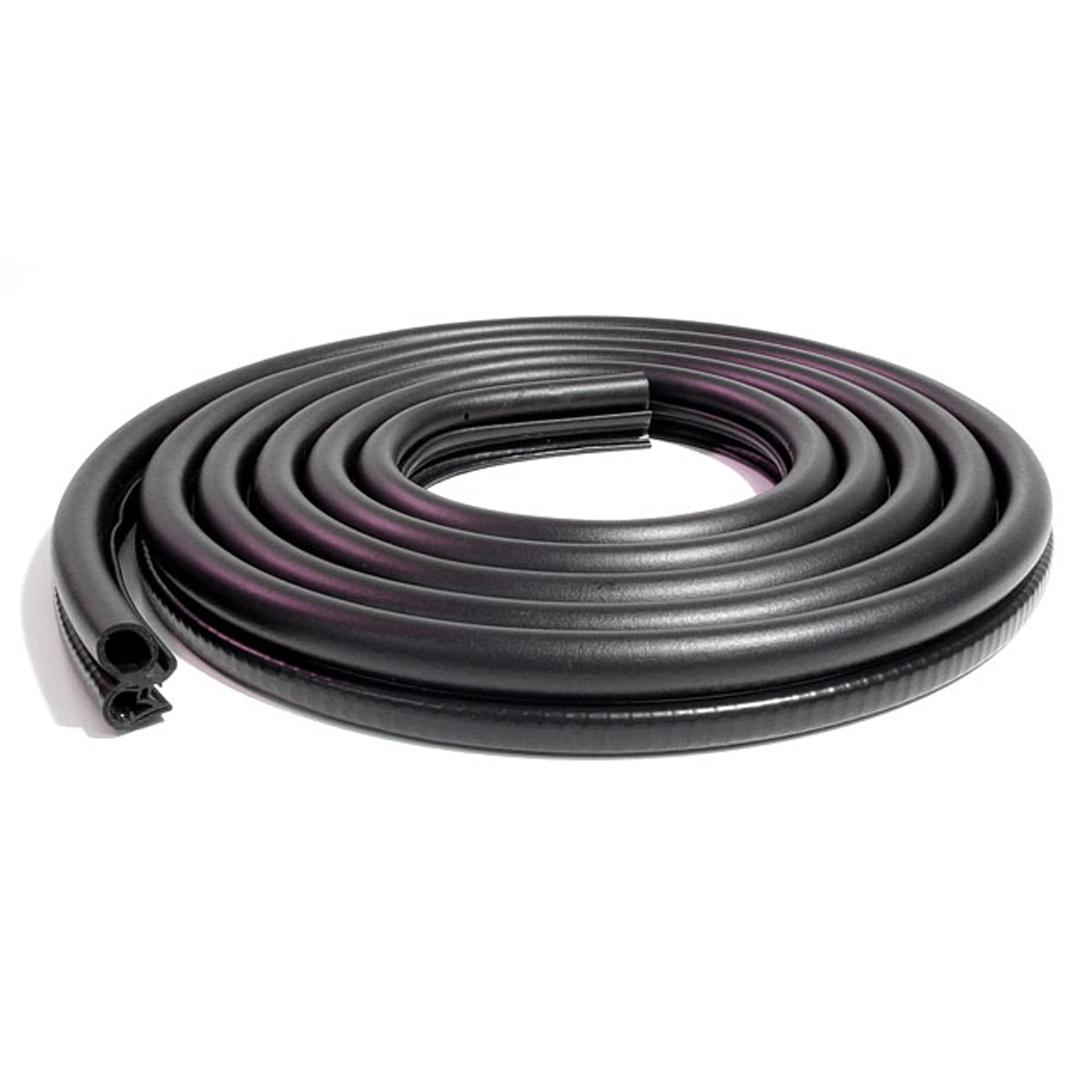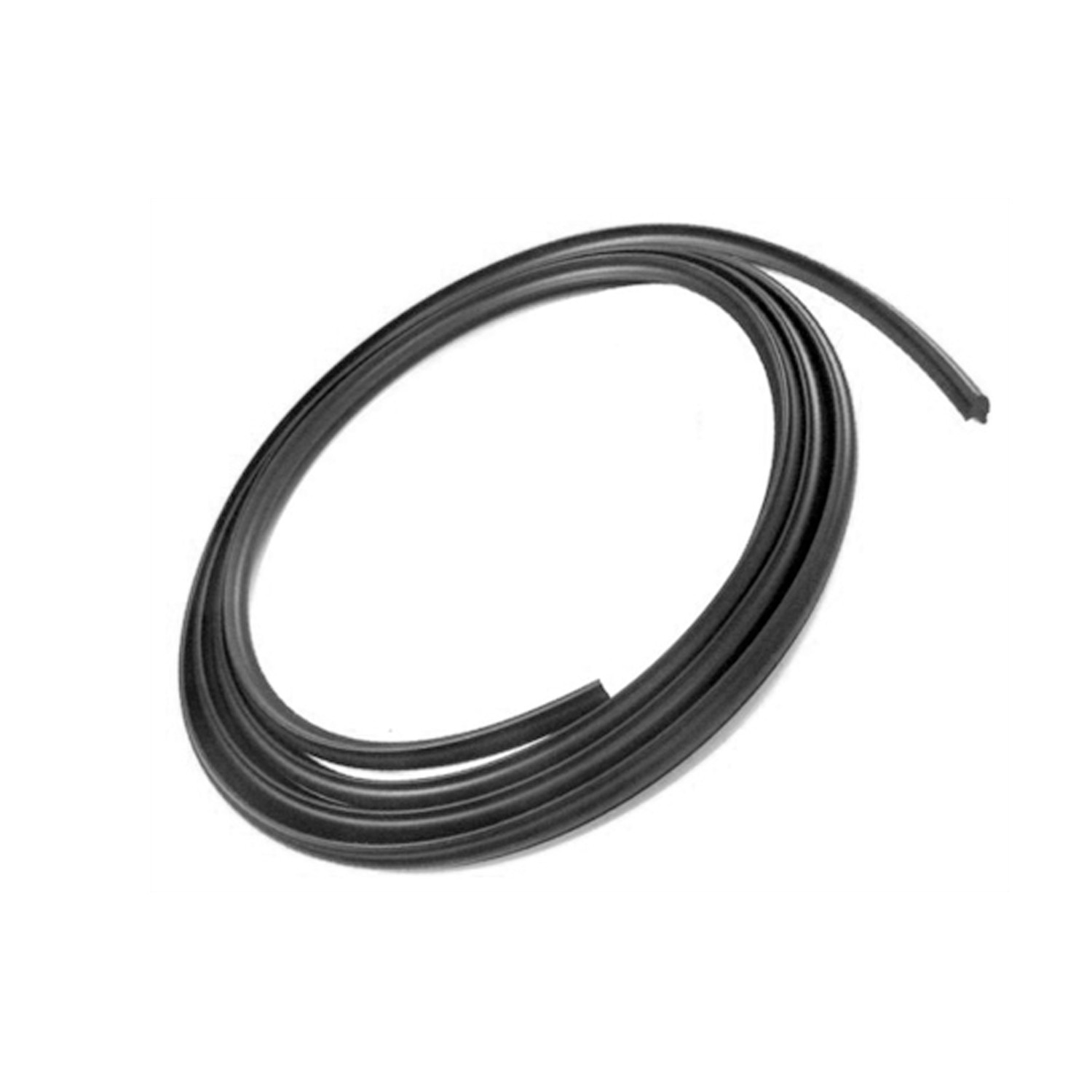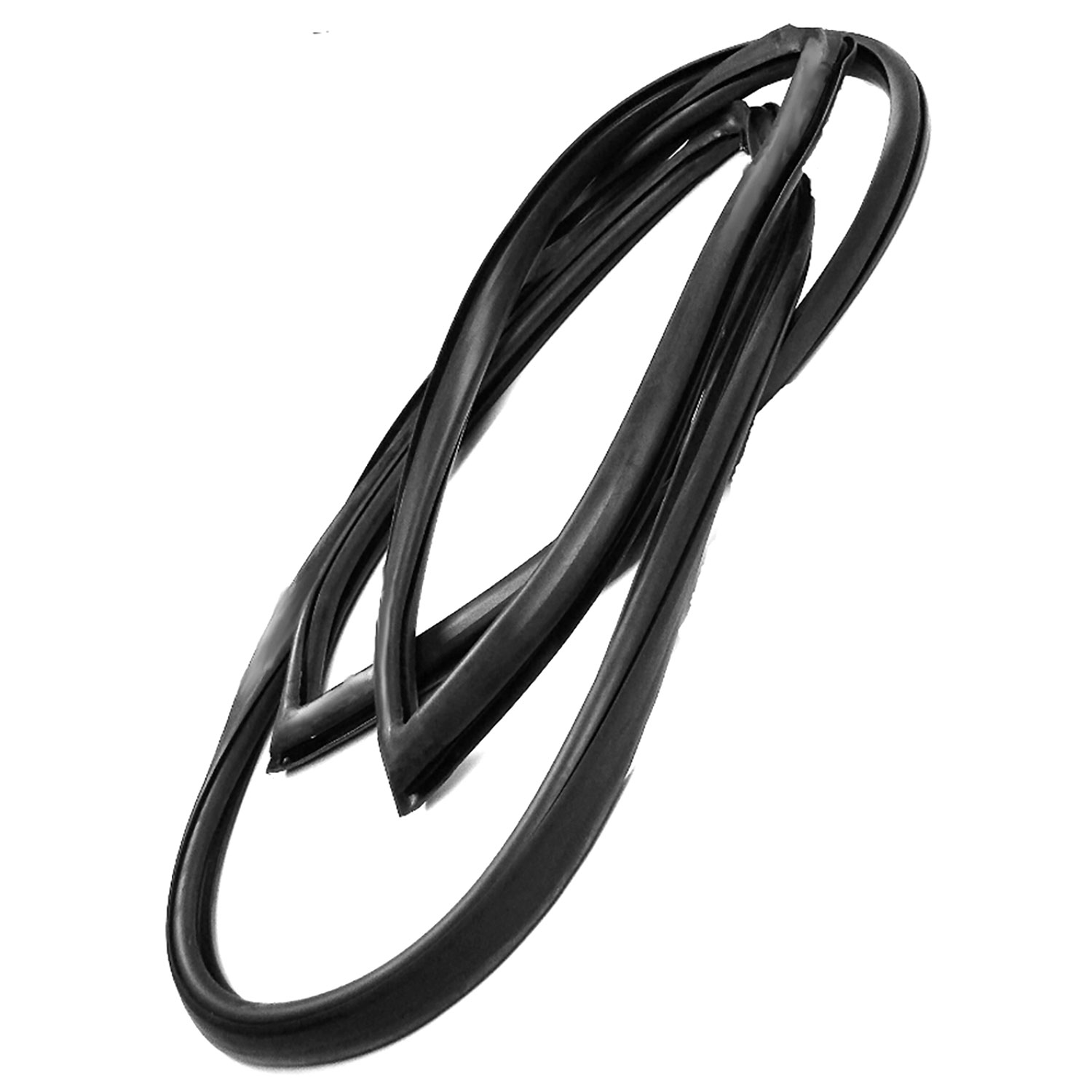Image of 1976 Dodge W300, Note: These illustrations use artistic license and may differ from actual historical models.
Performance Metrics
Fundamental Metrics
Emotional Appeal
MMP Rating
| Engine Specifications | |
|---|---|
| Engine: | 5.2L V8, 5.9L V8, 6.6L V8 |
| Displacement: | 318-400 cu in. |
| Horsepower: | 145-255 hp (estimated) |
| Torque: | 230-340 lb-ft (estimated) |
| Compression Ratio: | 8.5:1 (estimated) |
| Ignition System: | Electronic ignition |
| Cooling System: | Liquid-cooled |
| Performance Specifications | |
| 0-60 Time: | Not available |
| 1/4 Mile Time: | Not available |
| Top Speed: | Not available |
| Transmission and Drive | |
| Drive Type: | 4WD |
| Transmission Type: | 4-speed manual |
| Fuel and Efficiency | |
| Fuel System Type: | Carburetor |
| MPG: | 10-12 mpg (estimated) |
| Dimensions and Brakes | |
| Brakes: | Front disc, rear drum |
| Wheelbase: | 131 inches |
| Weight: | 5,000 lbs |
Note: Specifications for classic cars are given to the best of our ability, considering the limited and variant data available.
The Unyielding Legacy of the 1976 Dodge W300
The 1976 Dodge W300 is a testament to American engineering and resilience, a powerhouse that emerged from the heart of the 1970s automotive world. Born from the assembly lines of Dodge, a division of Chrysler Corporation, this vehicle was designed to tackle more than just the paved roads; it was a workhorse meant for the rugged, untamed paths less traveled. With its robust build and dependable performance, the W300 became a staple for those who demanded strength and reliability from their vehicles. A unique fact that sets this vehicle apart is its role in pioneering four-wheel drive technology for pickup trucks, making it a forerunner in a market that would later become obsessed with off-road capabilities.
Design and Innovation
The 1976 Dodge W300 was a sight to behold, with its muscular stance and no-nonsense exterior. It featured a bold grille, round headlights, and a body built to endure the toughest of conditions. Inside, the W300 was utilitarian by design, with a focus on durability over luxury. The materials used were chosen for their ability to withstand wear and tear, reflecting the vehicle's work-first ethos. Technologically, it was ahead of its time with optional power steering and brakes, which were not yet standard in all trucks. Color options ranged from earthy tones to more vibrant hues, with popular choices including classic reds and blues. The W300 came in various body styles, but it was the four-wheel drive Power Wagon model that captured the hearts of truck enthusiasts.
Historical Significance
The 1976 Dodge W300's impact on automotive design was profound. It set a benchmark for what a heavy-duty truck should be capable of, influencing future generations of pickups. Its combination of utility, power, and four-wheel drive opened up new possibilities for both work and recreational use, paving the way for today's versatile trucks.
Performance and Handling
Under the hood, the W300 was equipped with a range of engine options, including the formidable 440 cubic inch V8. While top speed and acceleration figures were not headline-grabbing stats for this work-oriented beast, its torque-rich power plants ensured that it could haul heavy loads with ease. The handling was as expected for a large truck of its era—sturdy and reliable rather than nimble. Drivers could feel the raw power through the steering wheel as they navigated through rough terrain, with the engine's rumble serving as a constant reminder of the vehicle's capabilities.
Ownership Experience
The 1976 Dodge W300 was revered for its versatility. It served as a daily driver for some, while others used it as a show car or even for racing in modified forms. Its maintenance and reliability were typical for the era's domestic trucks, with straightforward mechanicals that made repairs manageable for the average owner.
Fun Facts
This stalwart of American automotive history has its share of trivia. For instance, certain custom editions are rumored to have been owned by celebrities of the time. While not known for setting speed records, the W300 has an enduring reputation for its ruggedness and dependability.
Collector's Information
Today, the 1976 Dodge W300 is a cherished collectible among classic truck enthusiasts. While production numbers were not as low as some limited-run vehicles, finding one in pristine condition can be challenging. Values can vary widely based on condition and originality, but well-maintained examples can fetch anywhere from $15,000 to $30,000 or more in today's market. The trend shows appreciation over time as more enthusiasts seek out these vintage workhorses.
Conclusion
The 1976 Dodge W300 stands as a monument to an era when trucks began to transcend their utilitarian roots to become symbols of strength and adventure. Its legacy endures in the hearts of collectors and truck lovers alike, solidifying its place in automotive history. For those who revere the blend of raw power and rugged charm, the W300 remains an icon worth preserving.
1976 Dodge W300 Catalog of Parts
 1976 Dodge W300 Door Seal (Imported). Replaces OEM #55023781-IS-LM 123Door Seal (Imported). Replaces OEM #55023781. Fits either side. 160" Long. Each
1976 Dodge W300 Door Seal (Imported). Replaces OEM #55023781-IS-LM 123Door Seal (Imported). Replaces OEM #55023781. Fits either side. 160" Long. Each 1976 Dodge W300 Door seal. Full-size trucks. Fits cab doors either side-LM 123Door seal. Full-size trucks. Fits cab doors either side. 160 in. L. Replaces OEM# 55023781. Each.
1976 Dodge W300 Door seal. Full-size trucks. Fits cab doors either side-LM 123Door seal. Full-size trucks. Fits cab doors either side. 160 in. L. Replaces OEM# 55023781. Each. 1976 Dodge W300 Lockstrip Seal, 54-93 Mopar Full Size Truck, Van & SUV, Chromed Plastic Type-LS 2-VLockstrip Seal, 54-93 Mopar Full Size Truck, Van & SUV, Chromed Plastic Type, Each. Works with Metro p/n VWS 2706.
1976 Dodge W300 Lockstrip Seal, 54-93 Mopar Full Size Truck, Van & SUV, Chromed Plastic Type-LS 2-VLockstrip Seal, 54-93 Mopar Full Size Truck, Van & SUV, Chromed Plastic Type, Each. Works with Metro p/n VWS 2706. 1976 Dodge W300 Windshield Seal, 72-93 Dodge Full Size Truck, 74-93 Mopar SUV, With Trim Groove-VWS 2720-BThis seal installs first on the body then the glass is placed in the opening. A separate lockstrip (Not Included) inserts into the rubber and secures the glass in place. The part numbers for Lockstrip are Chrome LS 3-C and Black LS 2-A. This product is made from the original specs and with high quality ozone resistant EPDM rubber for a great fit and long life. This item is designed to be installed during glass replacement.
1976 Dodge W300 Windshield Seal, 72-93 Dodge Full Size Truck, 74-93 Mopar SUV, With Trim Groove-VWS 2720-BThis seal installs first on the body then the glass is placed in the opening. A separate lockstrip (Not Included) inserts into the rubber and secures the glass in place. The part numbers for Lockstrip are Chrome LS 3-C and Black LS 2-A. This product is made from the original specs and with high quality ozone resistant EPDM rubber for a great fit and long life. This item is designed to be installed during glass replacement. 1976 Dodge W300 Vent Window Seals, 72-77 Dodge D-Series Truck, Ramcharger / Trailduster, Pair-WR 2702-MVent Window Seals, 72-77 Dodge D-Series Truck, Ramcharger / Trailduster, Pair. R&L.
1976 Dodge W300 Vent Window Seals, 72-77 Dodge D-Series Truck, Ramcharger / Trailduster, Pair-WR 2702-MVent Window Seals, 72-77 Dodge D-Series Truck, Ramcharger / Trailduster, Pair. R&L.Why Choose Metro?
For over 100 years, Metro Moulded Parts has been the pinnacle of quality in classic car restoration parts. Our commitment to precision and authenticity in every component ensures a perfect fit and an OEM-level appearance.
- Expert Craftsmanship & Quality: Each part is a testament to our dedication to reliability and perfection, crafted from original designs and thoroughly tested.
- Advanced Technology: We use cutting-edge techniques to create flawless, long-lasting parts that surpass others in performance.
- SuperSoft Sponge – The Ultimate Door Seal: Not only are our door seals 30% softer than competitors', but they're also guaranteed to never leak. They effectively reduce wind and road noise, enhancing your classic car's comfort and driving experience.
- Proudly American: Our parts are a product of American craftsmanship, made in the USA with a spirit of excellence and heritage.
- Unrivaled Warranty: We back our products with a 30-year industry-leading warranty, a testament to our confidence in their quality.
Join us in preserving the legacy of classic cars with parts that are crafted for perfection, not just made.

